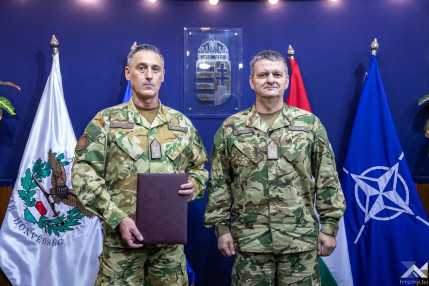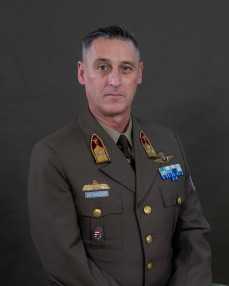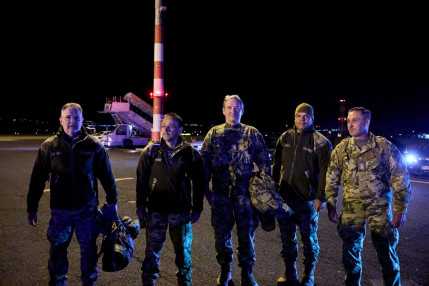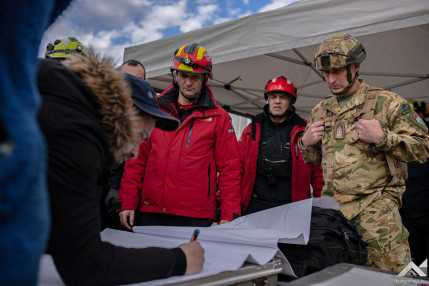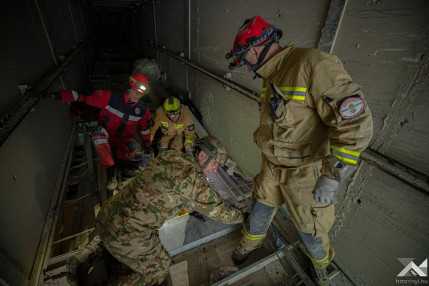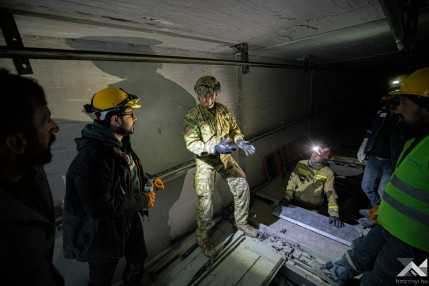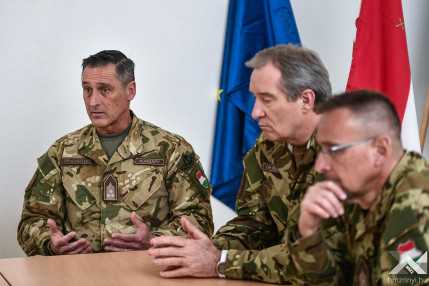Hungarian military doctor appointed Chief JMED at NATO Allied Command Operations
Text: defence.hu | Photo: Tünde Rácz, László Kertész, Dávid Fabók, Gergely Schöff (archive) | 12:51 June 23, 2025One of the highest-level medical director positions in NATO is now filled by a Hungarian military doctor again, in the person of Colonel Dr. (MD) Péter Vekszler.
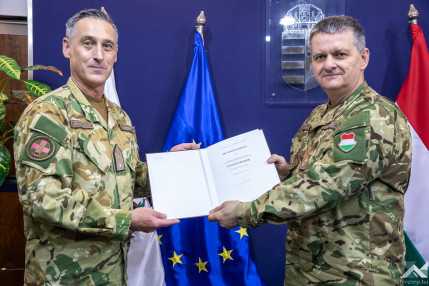
Starting from 21 June, Dr. (MD) Péter Vekszler – holding the brevet rank of brigadier general for the time of his appointment – is appointed to serve for three years as medical chief at the Supreme Headquarters Allied Powers Europe (SHAPE). In this position, he will also be chief medical advisor to the Supreme Allied Commander Europe (SACEUR) on medical matters.
Lieutenant General Ferenc Kajári, Deputy Chief, HDF Defence Staff handed over the certificate of appointment to brigadier general for the duration of the foreign service to Dr. (MD) Péter Vekszler.
As Chief of Joint Medical Division (Chief JMED) of NATO Allied Command Operations (ACO) and medical advisor (MEDAD), Brigadier General Vekszler is responsible for the planning, coordination and evaluation of NATO’s medical capabilities, and oversees cooperation with the military medical organizations of allied nations.
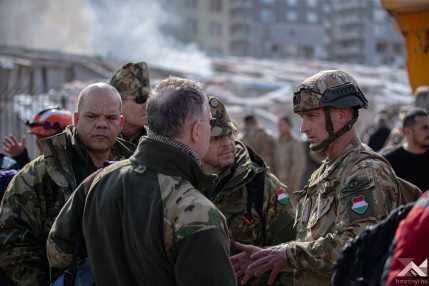
His appointment is a significant professional recognition for the medical service of the Hungarian Defence Forces, and another example showing that Hungarian soldiers perform professionally in high-level NATO positions.
The Joint Medical Division (JMED) was officially established in 1994 based on a decision made by the NATO Military Committee. With NATO gradually shifting the emphasis to collective operations and multinational missions, the need for their coordinated medical support arose. The objective of the JMED is to ensure medical interoperability among member states, develop joint medical standards and advise the Military Committee on matters of military medicine.
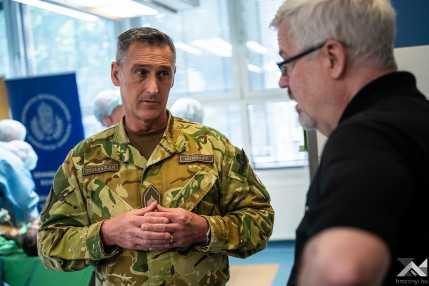
Hungary and Germany have been filling the Chief JMED position in turns in a three-year rotational system since 2012. While Hungary provides the medical chief of SHAPE in Belgium, a German general is at the helm of the Budapest-based NATO Centre of Excellence for Military Medicine (MILMED COE), and vice versa.
Earlier, Brigadier General Dr. (MD) István Kopcsó (2012–2015) and Brigadier General Dr. (MD) László Fazekas (2019–2022) had served in Mons, Belgium, where it was Brigadier General Dr. (MD) Lale Bartoscheck who has now relinquished the position to Dr. (MD) Péter Vekszler.
Colonel Dr. (MD) Péter Vekszler has served as deputy commander for international affairs of the Hungarian Defence Forces Medical Centre since January 2023.
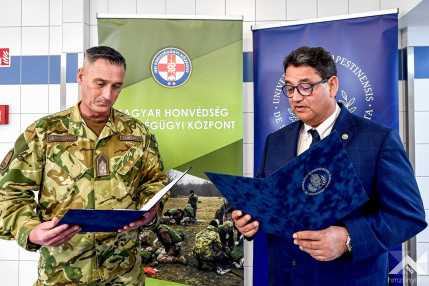
He received his MD degree in general medicine at the Faculty of General Medicine of Semmelweis University in 1994, and then took successful exams in surgery (1999) and traumatology (2001).
He was on tour of duty abroad several times: he was a member of the first Hungarian military medical contingent that arrived in Afghanistan in 2003, and in the years that followed, he returned there in various positions on three occasions. He also served as head physician of a Role-1 medical facility in the KFOR peacekeeping mission in Kosovo.
He gained professional success in a number of international positions: while serving at the Allied Joint Force Command Naples (JFCNP), he was in charge of training, exercises and evaluation, and then served as head of the Training Branch at the NATO MILMED COE.
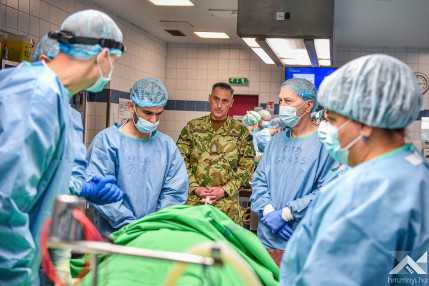
Besides his military service, Colonel Dr. (MD) Péter Vekszler continuously participated in the work of the on-duty trauma care service at the Trauma Surgery Clinic of Gusztáv Merényi Hospital, the Department of Traumatology (Trauma Clinic) of Semmelweis University, as well as at the Trauma Surgery Clinic of Ödön Jávorszky Hospital in Vác.
His name is associated with the introduction of several international-level special surgery training programs in Hungary. These programs are based on lessons learned in the battlefield, and are aimed at providing high-level further training for surgeons and anesthesiologists who are prepared for treating severe battlefield injuries.
Hungarian military doctor in top NATO position: Dr. (MD) Péter Vekszler
